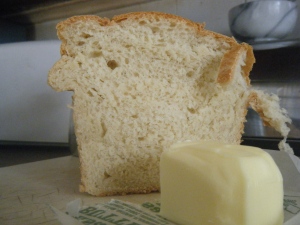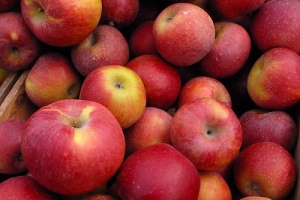When my brother and I were very young and very bored, around ages seven and 10, we rummaged through our mother’s drab, gray cookbook, looking for something new to whip up. We weren’t in the habit of cooking at that age; I think we viewed it as a science experiment of sorts. (The book may have once had a gaily printed paper cover, but in a house of six children and constant chaos, flimsy items like book covers didn’t last long.)
At any rate, we wanted to make something we’d never eaten before. After a careful inspection of the supplies on hand, we decided that the one recipe within our grasp was a creamy sort of onion soup. My memory of the soup’s taste is vaguely positive – I think it turned out well, and was certainly different from our family’s normal fare. What I do remember vividly, though, was our sense of adventure as we made it, the knowledge that we were creating something – to us – entirely new and different. And we did it! We succeeded!
That’s one of the reasons I think technology is good for philanthropy. It compels fundraisers to up their game, to think in ways that are unfamiliar, and to trigger the brain-based benefits created by unfamiliar thinking.
For instance, as a former member of a development staff for an art museum, I have seen how challenging it is to secure funding for that segment of the nonprofit industry – especially in a down economy. And here we have crowdfunding to the rescue! Well, sort of. Using web sites to attract large numbers of donors may be, as one of the folks in this article says, a permanent, more efficient way for artists and arts organizations to reach individual benefactors. Or it may be a flash in the pan. But it has people thinking in new ways, and that’s a good thing.
By the way, when I want to cook something I’ve never cooked before, I just page through this, my favorite cookbook and find something I’ve never made before. I guess some things don’t change.









